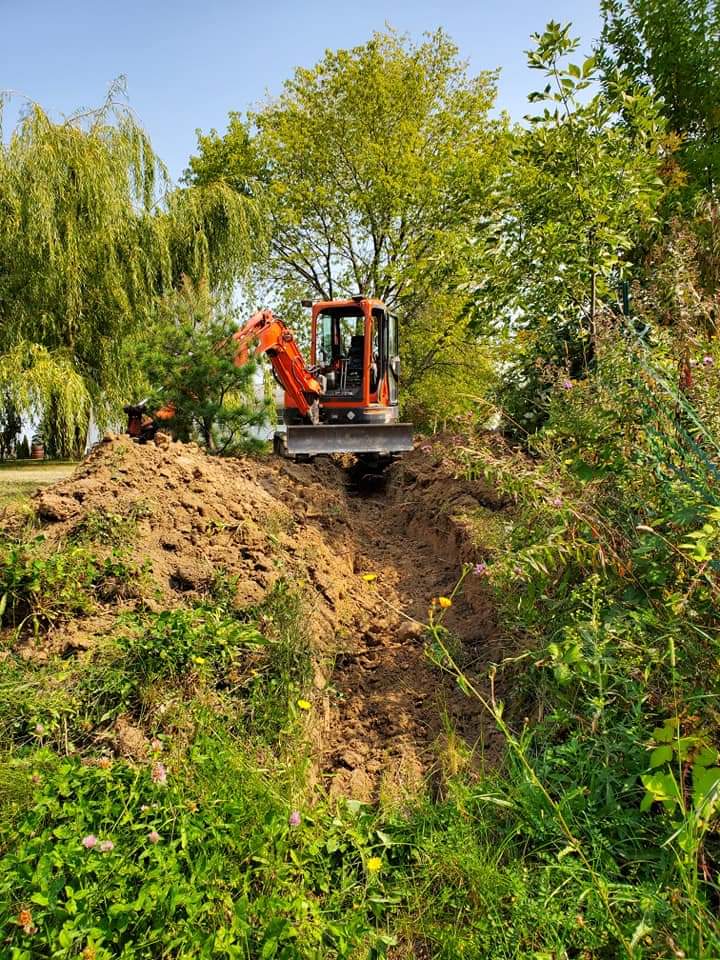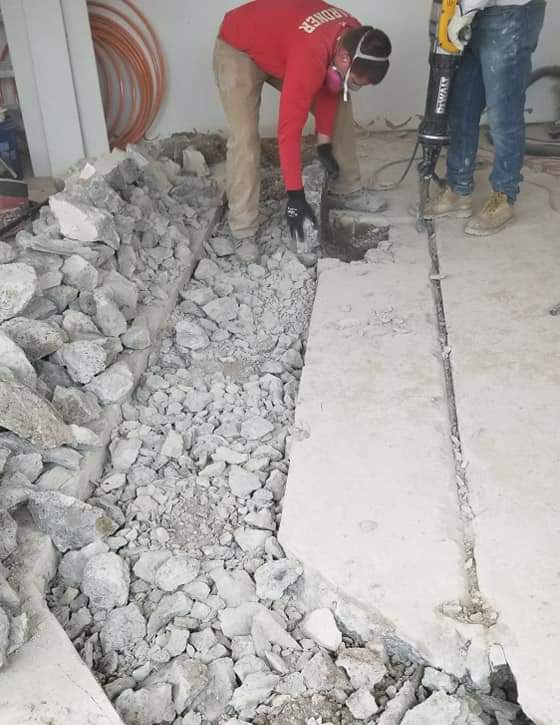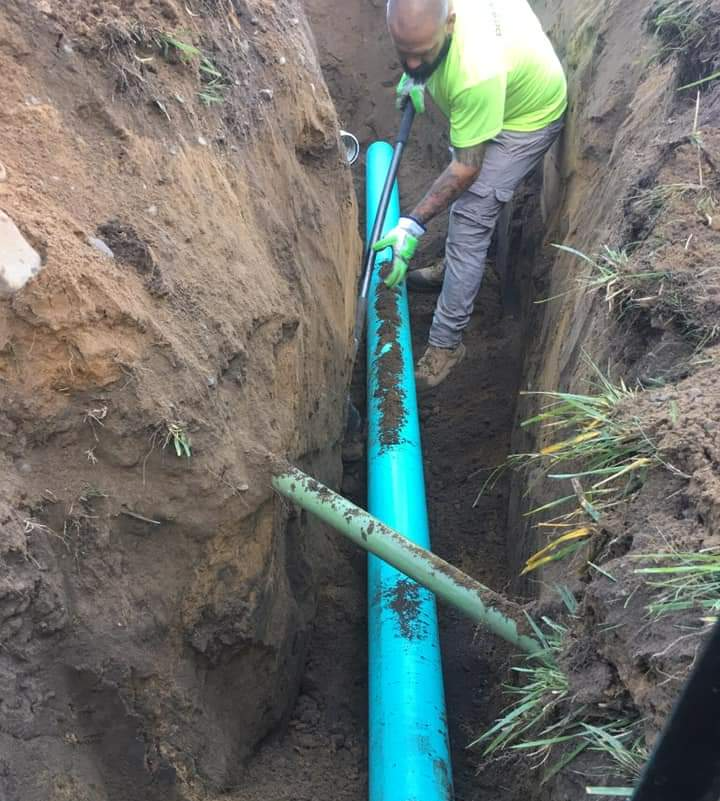We've been providing excellent service as
Trenching Contractors
...for over 20 years!
Trenching Contractors Excavation Services
As trenching contractors, we have a specialty in trenching work for foundations, pipelines, and conduits. This means we're experts in the safe and correct installation of trenches for various purposes.
Trenches are typically used to lay pipe or cable, and they must be dug with precision in order to avoid damaging the underground infrastructure.
We use a variety of specialized equipment to excavate trenches, including backhoes, trenchers, and ditch witch machines. In addition to excavating the trench, we're responsible for refilling and compacting the soil.
This is important in order to prevent the trench from collapsing and doing damage to the underlying structure. We have a thorough understanding of how to safely operate their equipment, as well as how to read blueprints and maps.
We take care to communicate effectively with other members of the construction crew in order to ensure that the trench is dug in the correct location.
Why Choose D R Excavation?
At D R Excavation, our trenching contractors are seasoned professionals dedicated to precision and safety. We prioritize safeguarding existing utilities, navigating each excavation with expertise to prevent any damage.
With meticulous planning and state-of-the-art equipment, our team ensures efficient trenching services, delivering on both accuracy and reliability for your project needs.
Trust us for a seamless excavation experience that prioritizes the protection of your property and existing infrastructure.
What We Offer
D R Excavation delivers top-notch trenching services. Our skilled team expertly digs precise trenches, ensuring efficiency and accuracy for your construction or utility projects.
Drain Tile Installation
Our trenching services focus on installing drain tiles around homes or commercial properties, directing groundwater away from foundations. This system, tailored to remove excess water, safeguards against flooding and water damage.
Various drain tile systems exist, each with unique pros and cons. Selecting the right one is crucial, as improper installation can lead to future issues. The process involves trenching with equipment like a Bobcat, placing perforated drain tile in the trench, covering it with gravel, and protecting it with geotextile fabric.
The final touch is backfilling and compacting the trench, ensuring effective water diversion. Our meticulous approach guarantees that your property remains shielded from potential challenges like flooding and water damage.
Down Spouts
Downspouts play a crucial role in excavation projects, directing water away to maintain soil stability. Typically made of plastic or metal, these come in various sizes to suit different excavations.
Usually, with a diameter of four inches or less, downspouts find their place near the excavation's perimeter. They serve not only to prevent soil saturation but also to redirect existing water, curbing flooding and erosion.
Initiating the process involves marking the desired pipe route, followed by digging a trench of appropriate depth. The chosen pipe is then laid in the trench and covered with soil.
To prevent water backup and potential flooding, a drain is installed at the pipe's end. Trenching, a specialized excavation form, demands a contractor with expertise in plumbing and construction, emphasizing the need for qualified professionals in this field.
Steps in Proper Trenching
During trenching, safeguarding existing utilities such as water, gas, or electric lines is paramount. A knowledgeable trenching contractor ensures awareness of buried items to prevent accidental hits and potential damage expenses.
FAQ's About Trenching
Contact Us Today For A Free Quote
Our company has years of experience in excavating all sorts of land, from small residential properties to large commercial ones. We have the equipment and manpower to get the job done quickly and efficiently. Contact us today to get started on your project!



